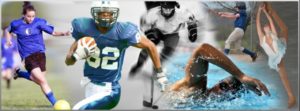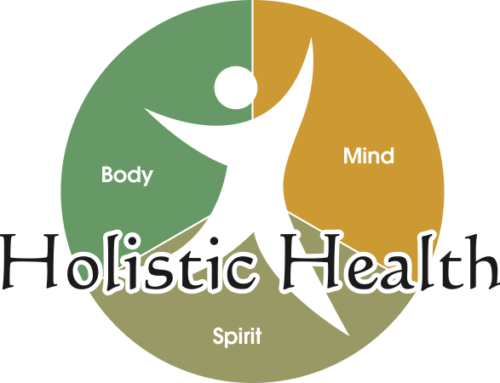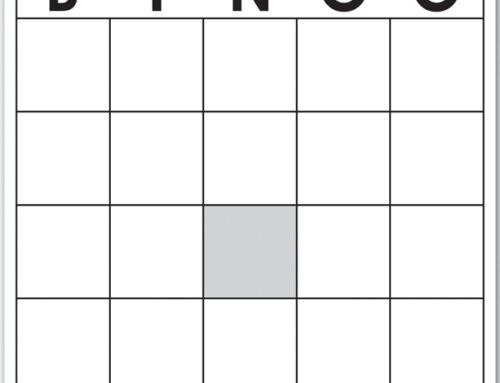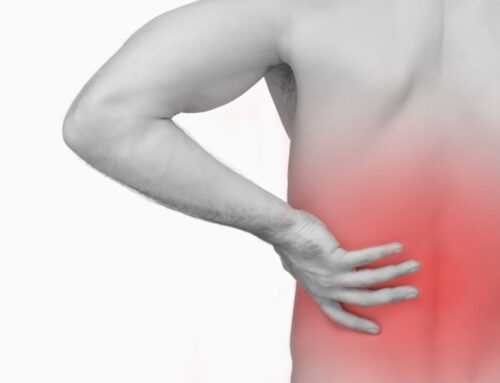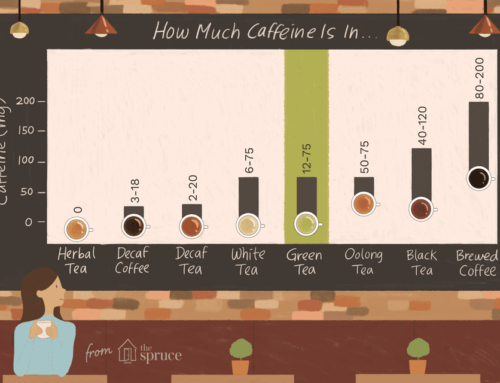Specialization 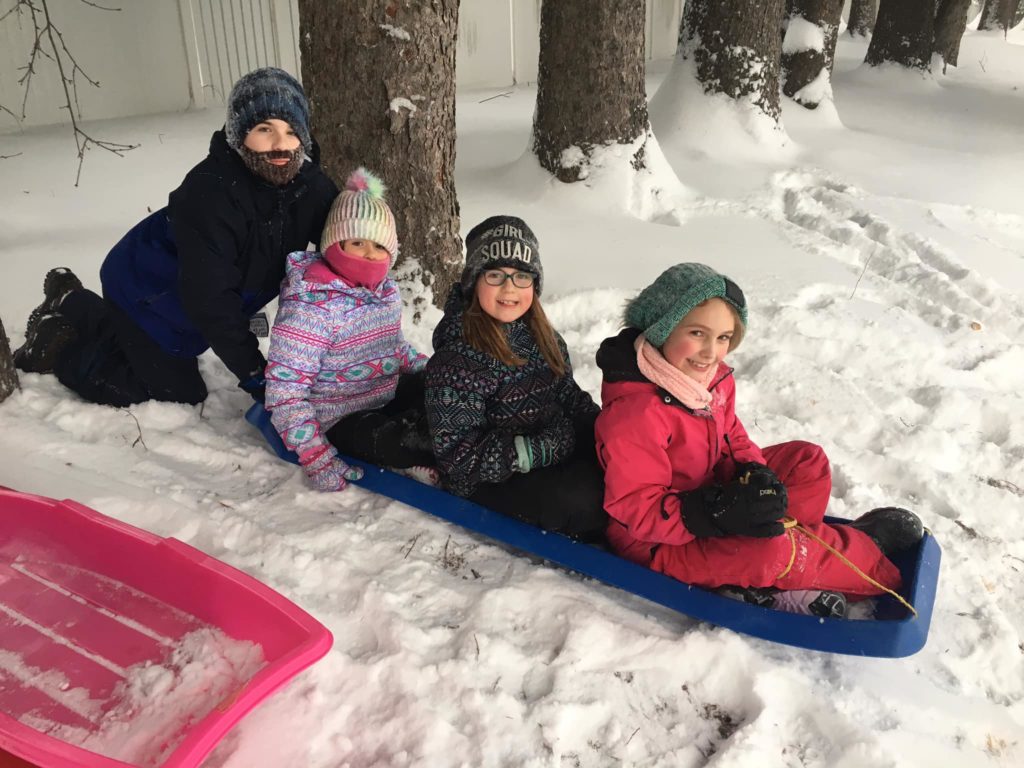
Youth in high school and even younger tend to specialize in a single sport. With the option of club leagues and summer camps, this often results in year round performance. Constant repetitive actions can lead to overuse injuries that can stay with your child the rest of their lives. It is recommended a child should not exceed their age in hours of training a week. Research says a single sport should be limited to 8 months versus year round in order to provide sport specific rest. Training needs to be broken down into fundamental movements, motor control, strength, and conditioning. This helps to decrease muscle imbalances, weakness, and over use – all factors leading to injury.
Risk Factors
- Sleep – not getting enough
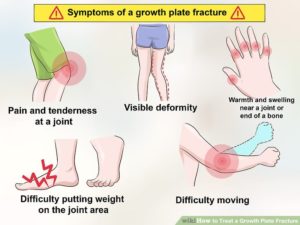 Return to sport too soon from injury; not allowing proper healing, resulting in continued issue
Return to sport too soon from injury; not allowing proper healing, resulting in continued issue- Malnutrition- not getting enough or not the right nutrients for an overactive life style
- Improper diagnosis – under the age 16 (12-14 girls, 15-16 boys) growth plate is a factor that should be considered by doctors, physical therapists and parents
- Cutting physical education in schools leaves no way for kids who are not in competitive athletics to learn coordination and motor skills – they’re constantly changing, growing and moving differently daily
Treatment
Providing care for the younger population can be slightly different, due to including multiple external communication factors in addition to direct patient communication. It it important to:
- Provide visual feedback on exercise form (video, mirror). Doing sports specific exercises can increase motivation.
- Make sure the child understands how, and the importance of how, they are moving for carry over and daily application.
- Involve education to the parents/guardians to help enforce given directions.
Prevention
The most common injury, stress fractures, can be avoided by proper education on nutrition and limiting amount of sport specific training. In addition, general strengthening and conditioning will help the cause. Focusing on becoming more well rounded athletes with involvement in multiple sports or activities will help bring a balance to physical and mental well being. Coaches and parents need to be aware of their child’s conditions in order to provide proper guidance and ensure proper steps are occurring. This can include movement screenings and functional tests to determine any weaknesses or form issues to prevent future injuries. Give your kid a break – less than 7% of high school kids become collegiate athletes and less than 2% of those are Division 1.
